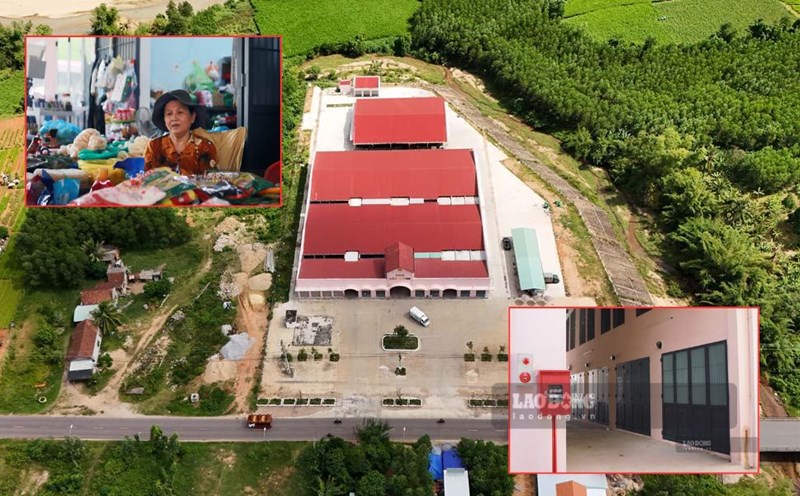The National Center for Hydro-Meteorological Forecasting has forecasted the weather trend for the season (from February 2025 to July 2025).
Regarding the development of the northeast monsoon, cold air is likely to be active in February 2025 and cause severe cold spells. In March 2025, cold air activity is approximately the average of many years. The meteorological agency warns that it is necessary to be on guard against the possibility of severe cold spells accompanied by frost and snowfall during this time, especially in the mountainous areas of the North.
The northeast monsoon is likely to cause strong winds and large waves affecting activities in coastal areas. The phenomenon of thunderstorms, tornadoes, lightning, hail, severe cold, frost, and snow can negatively affect agricultural production activities and public health in areas nationwide.
Dangerous weather conditions at sea, from March to April 2025, storms/tropical depressions are unlikely to operate in the East Sea and affect our country. According to the average data of many years, the number of storms/tropical depressions in the above period in the East Sea is 0.4, without any storms affecting the mainland.
From May to July 2025, storms/tropical depressions will operate in the East Sea and make landfall at a level equivalent to the average of many years. According to the average data of many years in the period of May - July, there are about 3.2 storms/tropical depressions in the East Sea and 1.2 on land.
Regarding the hydrological situation, from February to April 2025, big waves in strong, prolonged cold air waves can be 2 - 5m high in coastal waters and 4 - 6m in the waters off the North and Central East Sea.
Coastal erosion continues to be most complicated, especially during high tides combined with strong northeast monsoons.
From the second half of February to April 2025, there will be 5 high tides in the Southeast coastal area, the first from February 28 to March 5, 2025, the second from March 13 to 18, the third from March 29 to March 3, the fourth from April 11 to 17 and the fifth from April 27 to April 30, 2025. The highest water level at Vung Tau station during this period can reach 4.2m between 1 and 3am on March 31, low-lying areas, riverbanks and areas outside the dykes of coastal areas in the Southeast are likely to be flooded.
From May to July 2025, the northeast monsoon will weaken, while the southwest monsoon will begin to operate, especially in the South China Sea area. During this period, coastal areas of the provinces also need to pay attention to be on guard against large waves combined with rising water due to the influence of storms/tropical depressions, high risk of riverbank and coastal erosion.
During the above period, water levels fluctuated in the coastal areas of the Southeast, including Ho Chi Minh City and neighboring provinces, with 6 high tides: phase 1 from 12 - 16.5, phase 2 from 26.5 - 30.5 and phase 3 from 11.1 - 16.6, phase 4 from 25. - 27.6, phase 5 from 10.1 - 15.7, phase 6 from 23. - 28.7.
The meteorological agency noted that season warning bulletins are often trend forecasts. Therefore, to have a better basis for weather forecast information, people should wait for short-term bulletins issued daily from the National Center for Hydro-Meteorological Forecasting.











